Choosing a scuba regulator is one of the most important decisions you’ll make as a diver. It’s the link between you and the life-supporting pressurized air from your tank, and a poorly matched setup can affect your comfort, performance, and safety underwater.
You can use the table below to compare scuba regulators side by side. You can use the chart to evaluate their features, performance, price, and suitability for different dive styles. Whether you're new to diving, planning travel dives, or upgrading your gear, this guide will give you a clear framework for making a smart choice.
Still Looking For The Right Scuba Regulator?
Find the best scuba regulator for your next dive trip by checking out our list of the top 10 Scuba Regulators available on the market today.
Types of Regulators Explained
When you compare scuba regulators, you’ll notice they generally fall into three main categories: entry-level, mid-range, and high-end. Each type is designed for a specific kind of diver and use case. Understanding these differences helps you find the right balance between cost, performance, and durability.
Entry-Level Regulators
These are built for new or occasional divers who want something reliable without spending too much. They usually have unbalanced first and second stages, which means breathing can get slightly harder as your tank pressure drops.
- Best for: Beginners and warm-water recreational divers.
- Pros: Affordable, simple design, easy maintenance.
- Cons: Limited performance at greater depths or in cold water.
Mid-Range Regulators
Mid-range options add performance and comfort features while staying within reach for most divers. They often use balanced first and second stages, improving airflow at depth and under load. Some include environmental sealing and adjustable airflow controls.
- Best for: Recreational divers who dive frequently or in varying conditions.
- Pros: Better breathing performance, improved materials, and added adjustability.
- Cons: Slightly heavier and more expensive than entry-level models.
High-End Regulators
High-end regulators are engineered for advanced, professional, or technical divers who demand top performance in any condition. They typically feature fully balanced, environmentally sealed first stages, lightweight materials like titanium, and finely tuned airflow adjustments.
- Best for: Cold-water, deep, or technical divers.
- Pros: Exceptional breathing performance, high durability, advanced design, and corrosion resistance.
- Cons: Expensive and may require more specialized servicing.
Scuba Regulator Comparison Chart
Sort by Price:
Sort by Feature:
1st State Design:
Piston
1 Stage Type:
Unbalanced
Ports:
1 HP (7/16”), 4 LP (3/8”)
Environmentally Sealed:
No
2nd Stage Type:
Unbalanced downstream
2nd Stage Adjustment:
Venturi switch
Price:
1st State Design:
Piston
1 Stage Type:
Balanced
Ports:
2 HP 4 LP
Environmentally Sealed:
Yes
2nd Stage Type:
Pneumatically balanced
2nd Stage Adjustment:
No
Price:
1st State Design:
Piston
1 Stage Type:
Unbalanced
Ports:
1 High-Pressure (HP) / 4 Low-Pressure (LP)
Environmentally Sealed:
No
2nd Stage Type:
Unbalanced
2nd Stage Adjustment:
Venturi switch
Price:
1st State Design:
Piston
1 Stage Type:
Balanced
Ports:
2 High-Pressure (HP) / 7 Low-Pressure (LP)
Environmentally Sealed:
Optional (factory-sealed version available)
2nd Stage Type:
Balanced
2nd Stage Adjustment:
Adjustable inhalation effort, Automatic Flow Control (AFC)
Price:
1st State Design:
Piston
1 Stage Type:
Balanced
Ports:
2 High-Pressure (HP) / 5 Low-Pressure (LP)
Environmentally Sealed:
Yes
2nd Stage Type:
Pneumatically balanced
2nd Stage Adjustment:
Adjustable inhalation effort, Venturi switch
Price:
1st State Design:
Diaphragm
1 Stage Type:
Balanced
Ports:
2 High-Pressure (HP), 4 High-Flow Low-Pressure (LP)
Environmentally Sealed:
No
2nd Stage Type:
Balanced
2nd Stage Adjustment:
Adjustable inhalation effort, Venturi switch
Price:
1st State Design:
Piston
1 Stage Type:
Balanced
Ports:
2 High-Pressure (HP) ports / 5 Low-Pressure (LP) ports on a swivel turret
Environmentally Sealed:
No ((uses XTIS cold-water insulation system instead)
2nd Stage Type:
Balanced
2nd Stage Adjustment:
Adjustable inhalation effort, Venturi switch
Price:
1st State Design:
Diaphragm
1 Stage Type:
Balanced
Ports:
2 High-Pressure (HP) / 4 Low-Pressure (LP)
Environmentally Sealed:
Yes
2nd Stage Type:
Unbalanced downstream
2nd Stage Adjustment:
No
Price:
1st State Design:
Piston
1 Stage Type:
Balanced
Ports:
2 HP fixed ports, 5 LP on swivel turret
Environmentally Sealed:
Yes
2nd Stage Type:
Balanced
2nd Stage Adjustment:
Adjustable inhalation effort, Automatic Flow Control (AFC)
Price:
1st State Design:
Piston
1 Stage Type:
Balanced
Ports:
2 High-Pressure (HP), 5 Low-Pressure (LP) on swivel turret
Environmentally Sealed:
No
2nd Stage Type:
Pneumatically balanced
2nd Stage Adjustment:
Adjustable inhalation effort, Venturi switch
Price:
1st State Design:
Diaphragm
1 Stage Type:
Over-balanced
Ports:
2 High-Pressure (HP), 5 Low-Pressure (LP) on rotating turret
Environmentally Sealed:
Yes
2nd Stage Type:
Pneumatically balanced
2nd Stage Adjustment:
Adjustable inhalation effort, Venturi switch
Price:
1st State Design:
Diaphragm
1 Stage Type:
Balanced
Ports:
2 High-Pressure (HP), 4 Low-Pressure (LP)
Environmentally Sealed:
No
2nd Stage Type:
Unbalanced
2nd Stage Adjustment:
Venturi switch
Price:
1st State Design:
Piston
1 Stage Type:
Balanced
Ports:
2 High-Pressure (HP), 5 Low-Pressure (LP) on swivel turret
Environmentally Sealed:
No
2nd Stage Type:
Balanced
2nd Stage Adjustment:
Adjustable inhalation effort, Venturi switch
Price:
1st State Design:
Diaphragm
1 Stage Type:
Balanced
Ports:
2 High-Pressure (HP), 4 Low-Pressure (LP)
Environmentally Sealed:
Yes
2nd Stage Type:
Pneumatically balanced
2nd Stage Adjustment:
Venturi switch
Price:
1st State Design:
Piston
1 Stage Type:
Unbalanced
Ports:
1 HP, 4 LP
Environmentally Sealed:
No
2nd Stage Type:
Unbalanced
2nd Stage Adjustment:
No
Price:
1st State Design:
Diaphragm
1 Stage Type:
Over-balanced
Ports:
2 High-Pressure (HP), 4 Low-Pressure (LP)
Environmentally Sealed:
Yes
2nd Stage Type:
Pneumatically balanced
2nd Stage Adjustment:
Adjustable inhalation effort, Venturi switch
Price:
Key Factors to Compare
When you compare scuba regulators, it helps to understand what actually makes one different from another. The specs and marketing terms can be confusing, so focus on the features that truly affect performance, comfort, and reliability underwater.
1. Breathing Performance
This is the most important factor. A good regulator delivers air smoothly and effortlessly, even at depth or under heavy exertion. Balanced first and second stages typically offer more consistent airflow, while unbalanced designs may require slightly more effort as tank pressure drops.
2. First Stage Type
There are two main types of first stages: piston and diaphragm.
Piston regulators are simple and offer high airflow, making them great for warm-water diving and easy maintenance.
Diaphragm regulators are better sealed from the environment and perform well in cold or contaminated water.
3. Balanced vs. Unbalanced
A balanced regulator provides steady airflow regardless of depth or tank pressure. An unbalanced model may breathe a bit harder as pressure drops but is often simpler and less expensive. Most mid to high-end regulators today use balanced systems.
4. Environmental Sealing
If you dive in cold or silty conditions, an environmentally sealed regulator prevents water and debris from entering the first stage. This helps avoid free-flow issues and corrosion, extending the regulator’s life.
5. Weight and Travel Convenience
Frequent travelers often prefer compact, lightweight regulators made from materials like titanium or composite alloys. A few ounces can make a difference when packing multiple dive trips a year.
6. Build Quality and Materials
Regulators are usually made from chrome-plated brass, stainless steel, or titanium. Higher-end materials resist corrosion better and tend to last longer, though they come at a higher price. Look for solid construction and precision machining.
7. Adjustability
Some second stages allow you to fine-tune breathing resistance or venturi control. This lets you customize airflow to your comfort level and reduce free flows at the surface or during entry.
8. Hose Routing and Configuration
The number and placement of ports on the first stage can affect hose routing. For example, a swiveling turret or extra high-pressure port can make your setup cleaner and more comfortable, especially if you use multiple accessories like transmitters or drysuits.
9. Maintenance and Service
All regulators need annual or biannual servicing. Check how widely available service centers are for your chosen brand and whether parts kits are easy to get. A well-supported brand can save you time and trouble later.
10. Price and Warranty
Finally, look at the full picture. The most expensive regulator is not always the best choice for you. Compare features and warranty coverage side by side to find the model that offers the best value over time.
Which Regulator Is Best for You?
Not every diver needs the same kind of regulator. The best one for you depends on how, where, and how often you dive. Once you compare scuba regulators side by side, it becomes easier to match the right model to your style and conditions.
For Beginners
If you’re new to diving, start simple. Choose a reliable entry-level regulator that’s easy to use, affordable, and simple to maintain. You don’t need advanced features yet, but you do need smooth breathing and solid construction.
Top picks: Sherwood Brut Pro, Mares Rover 2S, Cressi AC2 Compact.
For Frequent Recreational Divers
If you dive several times a year and want better performance, step up to a mid-range regulator. These models provide balanced airflow, better materials, and more comfort underwater. They also handle deeper dives and varying conditions better.
Top picks: Atomic Z3, Aqua Lung Core Supreme, Cressi AC25 Master.
For Travel Divers
If you travel often, go for a lightweight, corrosion-resistant regulator that’s easy to pack and service abroad. Titanium or compact brass models are perfect for this.
Top picks: Atomic T3, Scubapro MK25 EVO/A700.
For Cold-Water or Technical Divers
Cold-water and technical divers need gear that performs flawlessly in demanding environments. Look for environmentally sealed, balanced first stages and adjustable second stages that prevent free-flows and ensure steady breathing at depth.
Top picks: Apeks MTX-RC, Scubapro MK19 EVO/D420, Atomic M1.

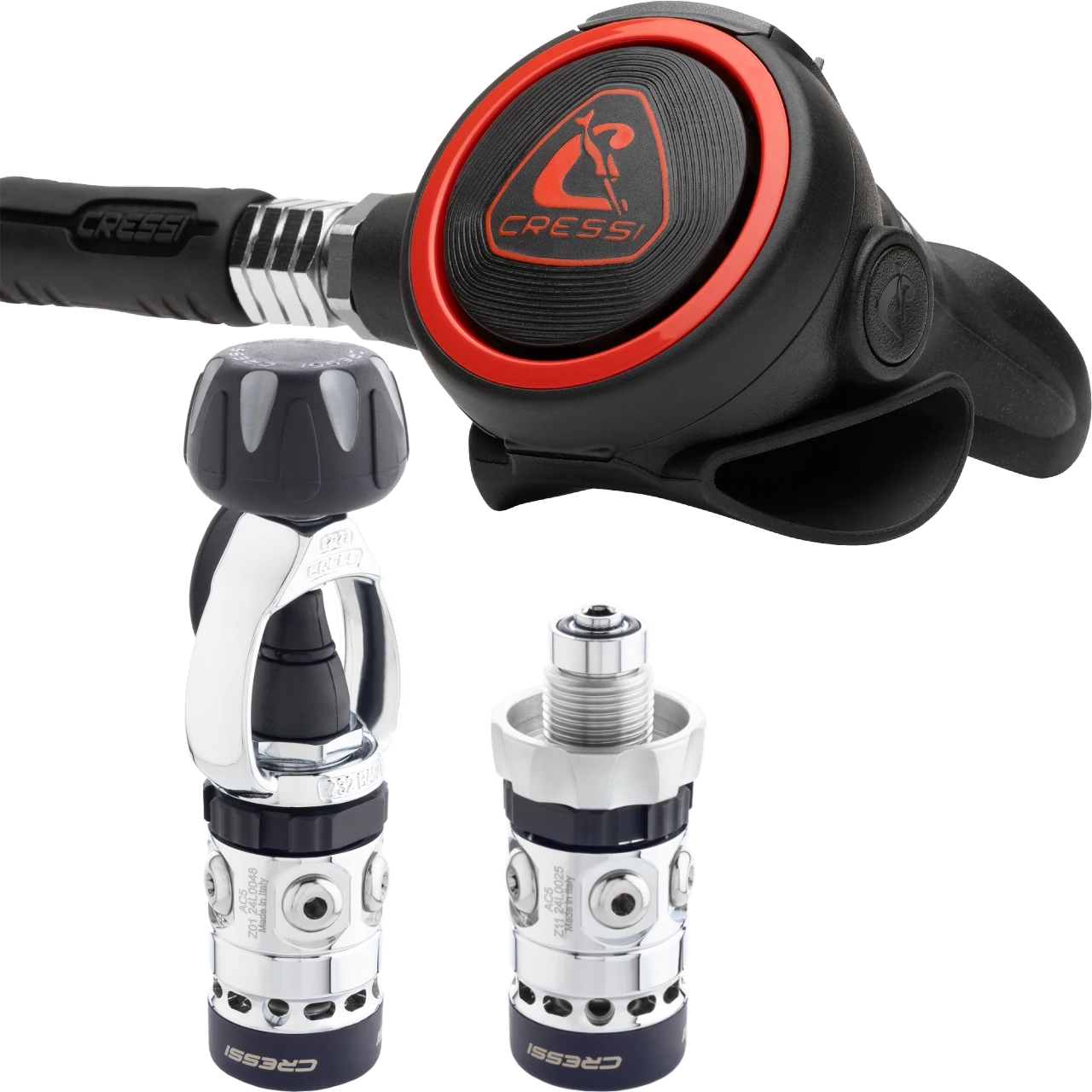
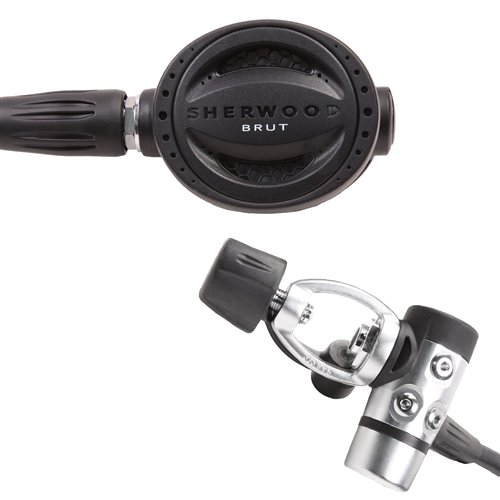
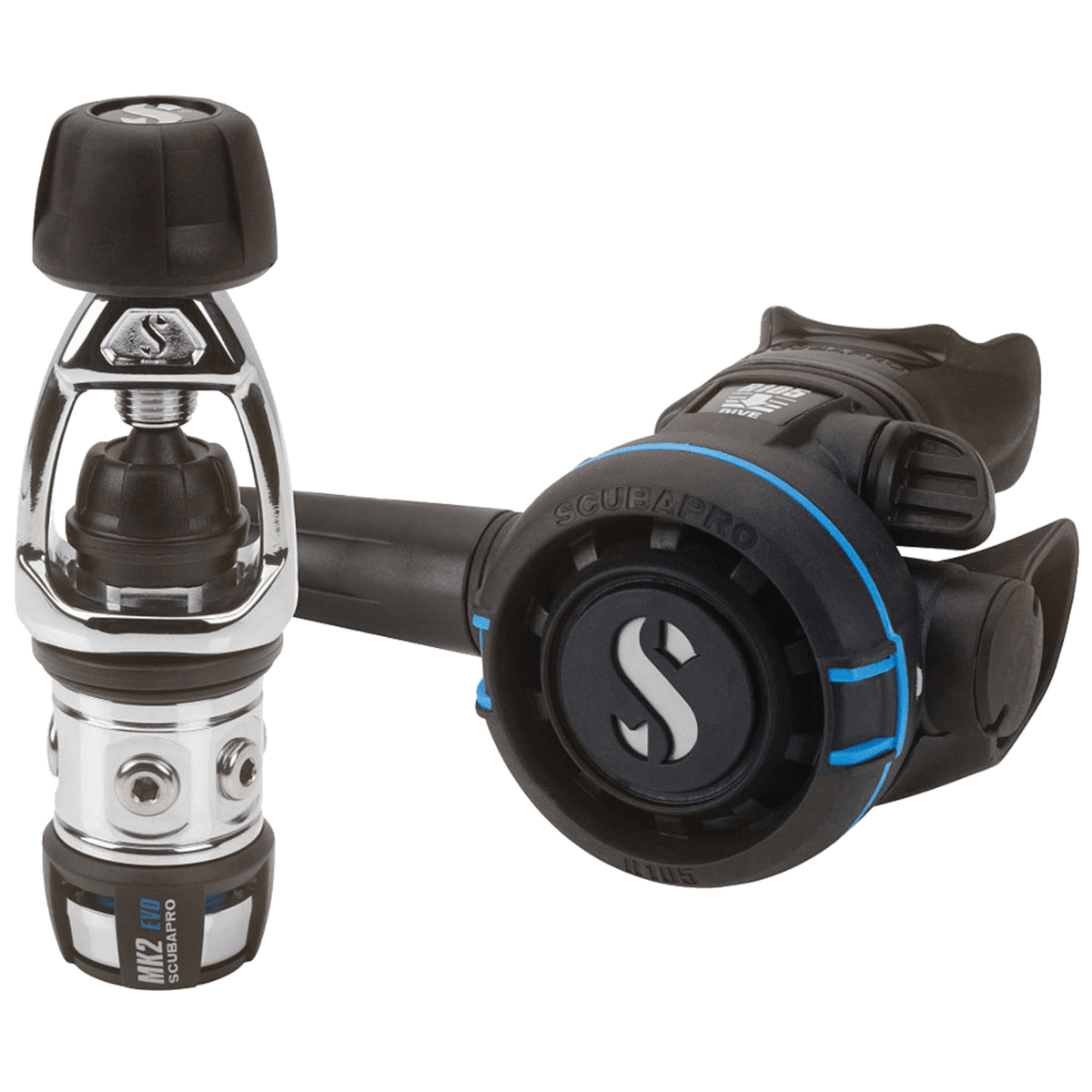

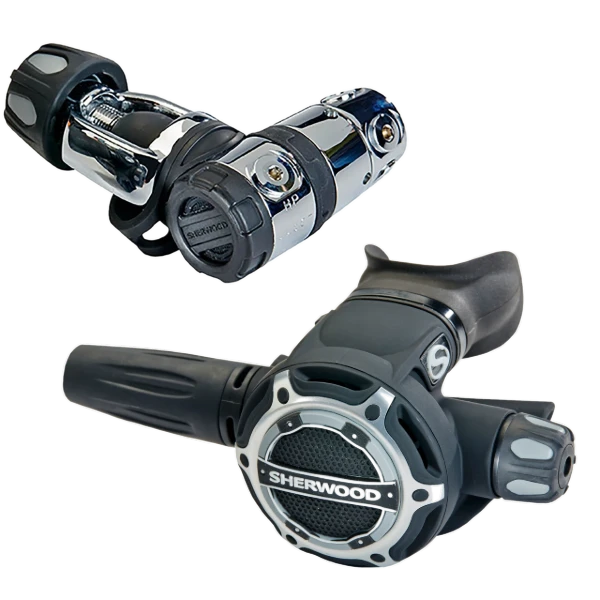
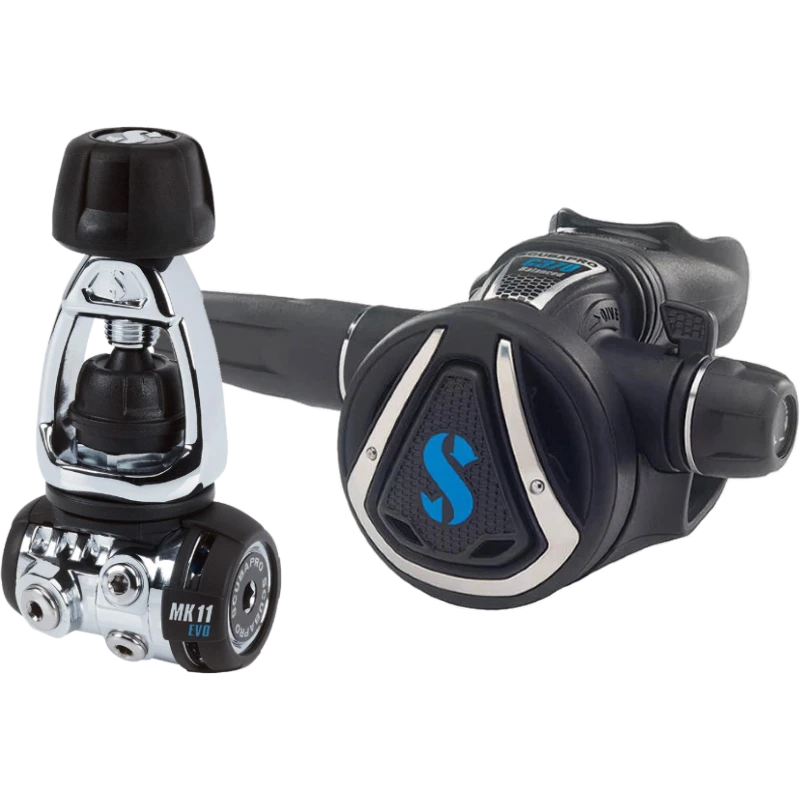
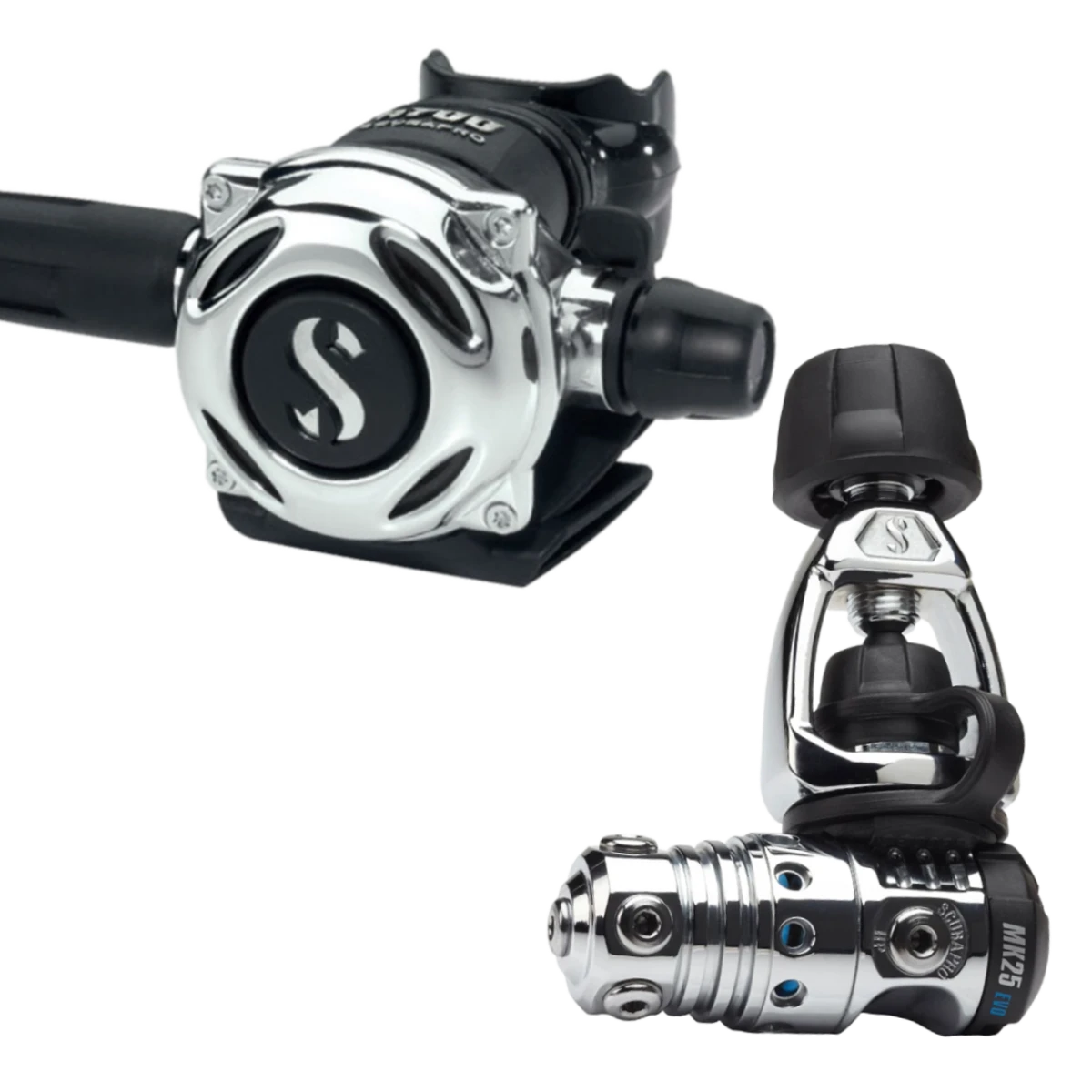
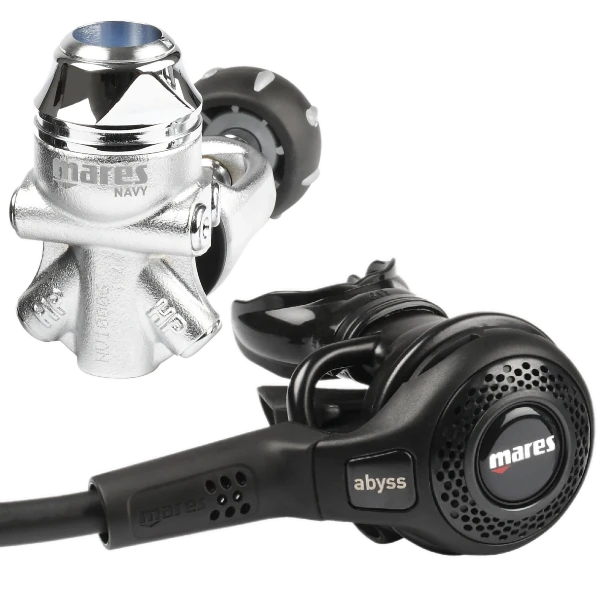

![Scubapro MK25 Evo S620TI Review Compare Scuba Regulators [Comparison Chart] 1](https://scubadiverhq.com/wp-content/uploads/Scubapro-MK25-Evo-S620TI-Review.webp)
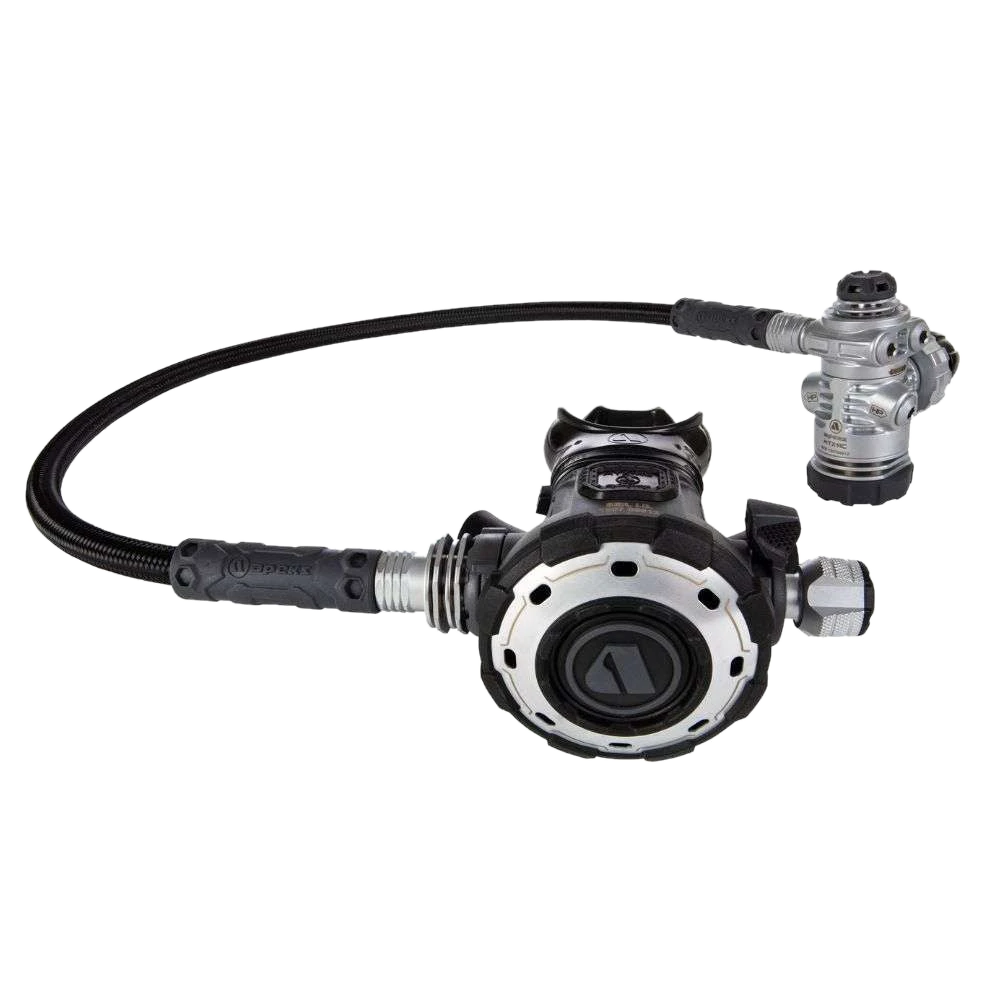

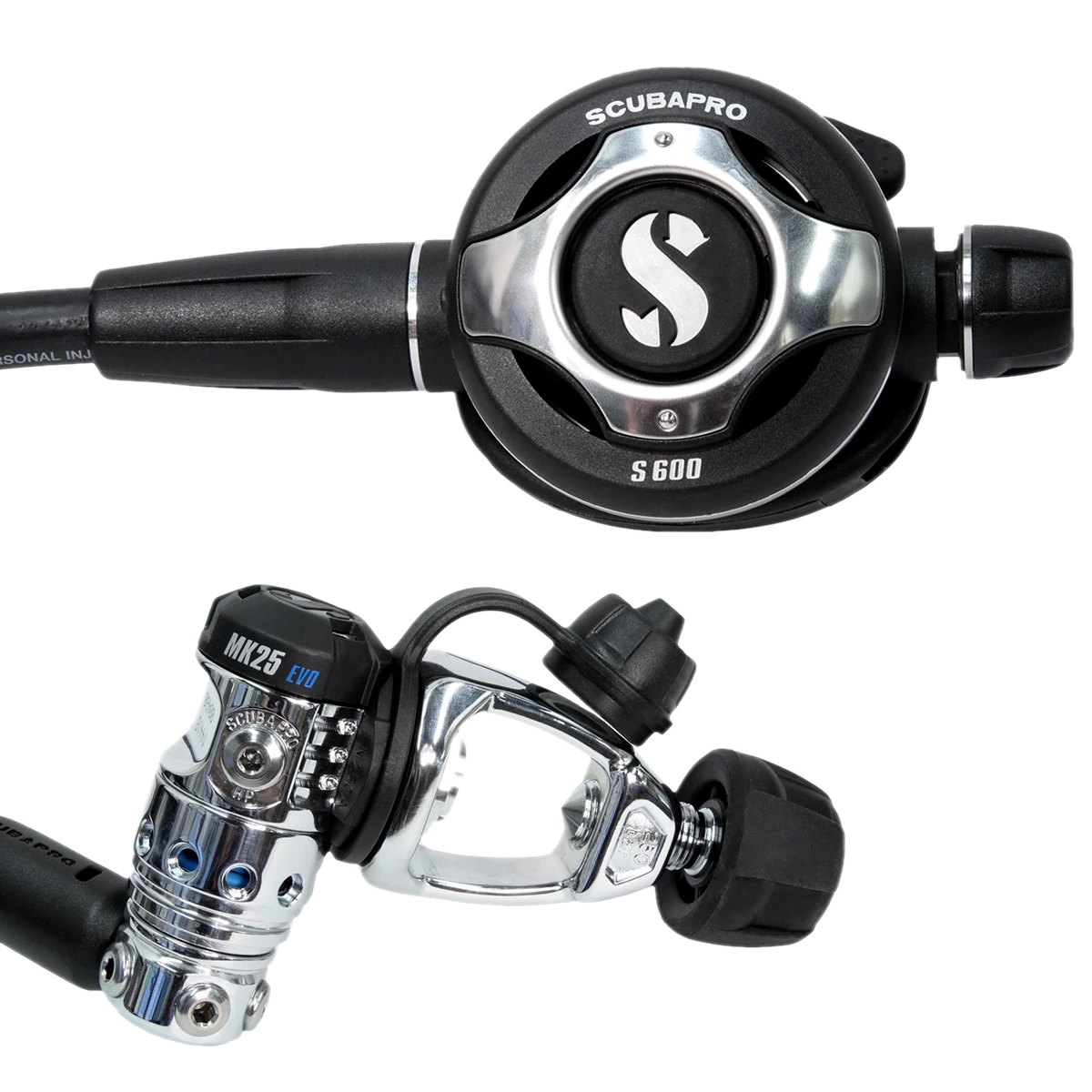


![Aqualung Legend Elite Compare Scuba Regulators [Comparison Chart] 2](https://scubadiverhq.com/wp-content/uploads/Aqualung-Legend-Elite.webp)